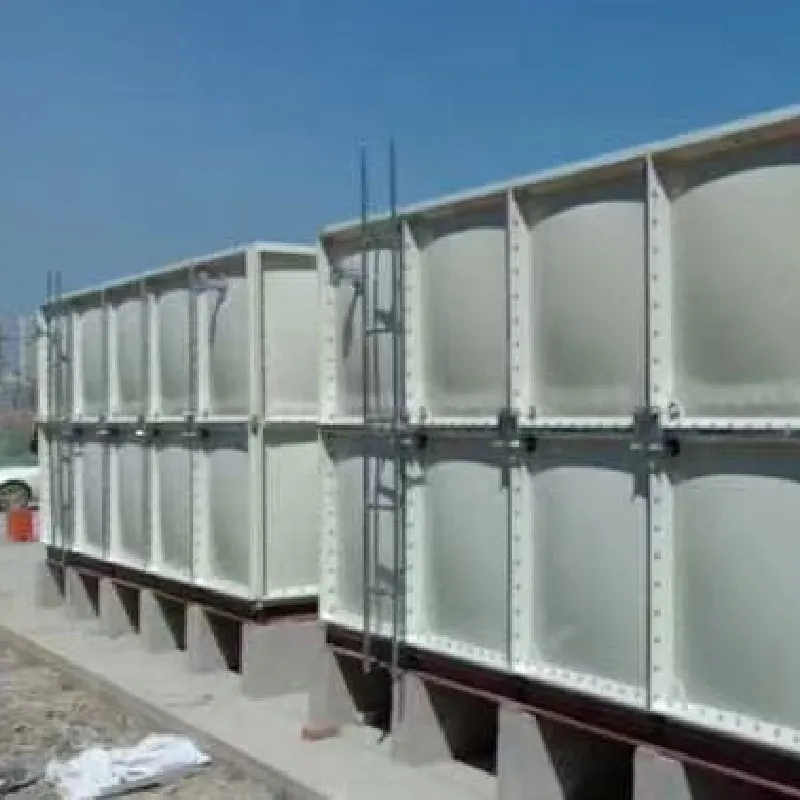loading...
- No. 9, Xingyuan South Street, Dongwaihuan Road, Zaoqiang County, Hengshui, Hebei, China
- admin@zjcomposites.com
- +86 15097380338
- Welcome to visit our website!
Current Trends in Fiberglass Rebar Pricing and Market Analysis
The Rising Importance of Fiberglass Rebar Exploring Prices and Market Trends
In recent years, the construction industry has witnessed a significant shift towards innovative materials, with fiberglass rebar emerging as a notable alternative to traditional steel rebar. The advantages of fiberglass rebar, including corrosion resistance, lightweight properties, and ease of handling, have led to its increasing adoption in various construction projects. However, as with any construction material, understanding the pricing dynamics of fiberglass rebar is crucial for project budgeting and material procurement. In this article, we will delve into the factors influencing fiberglass rebar prices and explore the current market trends.
The Advantages of Fiberglass Rebar
Fiberglass rebar, made from a combination of resin and glass fibers, offers several advantages over conventional steel rebar. One of its most significant benefits is its resistance to corrosion. Unlike steel, which can rust and deteriorate in harsh weather conditions or when exposed to salt, fiberglass rebar maintains its integrity, ensuring the longevity of structures. This quality is particularly important in marine environments, roadways, and concrete structures susceptible to de-icing salts.
Another compelling feature of fiberglass rebar is its lightweight nature, which eases transportation and handling on construction sites. This not only leads to reduced labor costs but also allows for quicker project completion. Additionally, fiberglass rebar provides a higher tensile strength-to-weight ratio than steel, which can result in more efficient design options for engineers and architects.
Factors Influencing Fiberglass Rebar Prices
Despite its advantages, the price of fiberglass rebar can be influenced by various factors. Firstly, the raw materials used in the production of fiberglass rebar play a significant role in determining its cost. The prices of resin and glass fibers fluctuate based on market demand, production rates, and raw material availability. When the cost of these materials rises, manufacturers may increase the price of fiberglass rebar accordingly.
Secondly, production techniques and technology advancements can impact pricing. As the industry evolves and more efficient manufacturing processes are developed, the overall cost of producing fiberglass rebar may decrease. However, initial investments in new technologies can lead to higher prices in the short term as manufacturers recoup their costs.
fiberglass rebar price

Market demand is another critical factor influencing prices. As more construction companies recognize the benefits of fiberglass rebar, the demand for this innovative material has surged, particularly in regions prone to corrosion-related challenges. This increased demand can lead to higher prices, especially if supply cannot keep pace. Conversely, if demand falls, prices may also decrease, providing an opportunity for cost-effective procurement.
Current Market Trends
As of late 2023, the fiberglass rebar market is showing promising growth. More construction projects are prioritizing durability and sustainability, pushing builders toward materials that can withstand the test of time. Analysts predict that the fiberglass rebar market will continue its upward trajectory as awareness of its benefits spreads.
Additionally, the global shift towards environmentally friendly construction practices is fostering demand for fiberglass rebar. Many construction companies are now seeking materials that reduce their carbon footprint and promote sustainability. Fiberglass rebar, being recyclable and having a long service life, fits this criteria perfectly, making it an attractive option for eco-conscious builders.
Moreover, innovations in production methods are beginning to lower the costs associated with fiberglass rebar, making it more competitive with steel rebar. As manufacturers expand their operations and optimize their processes, they can offer lower prices, thus encouraging broader adoption.
Conclusion
In conclusion, fiberglass rebar represents a significant innovation in the construction industry, offering numerous advantages over traditional steel rebar. Understanding the pricing trends and factors influencing the cost of fiberglass rebar is essential for construction professionals looking to make informed decisions about material procurement. As demand increases and production technology advances, the market for fiberglass rebar is expected to expand, making it an appealing choice for a variety of construction applications. With its strength, durability, and sustainability, fiberglass rebar is poised to play a crucial role in the future of building and infrastructure development.
-
GRP Structures: The Future of Lightweight, High-Performance EngineeringNewsJun.20,2025
-
FRP Water Tank: High-Performance Storage for Corrosive and Clean Water SystemsNewsJun.20,2025
-
FRP Square Tube: The New Industry Standard for Chemical and Structural ApplicationsNewsJun.20,2025
-
FRP Pultruded Profiles: The Ultimate Choice for Lightweight Structural StrengthNewsJun.20,2025
-
FRP Handrails: The Safer, Smarter, and Stronger Choice for Modern InfrastructureNewsJun.20,2025
-
FRP Grating: The Smart Solution for Durable, Lightweight Industrial FlooringNewsJun.20,2025
-
Why Choose a Galvanized Water Tank for Your Storage NeedsNewsMay.21,2025
